What is the National Flood Insurance Program?
In 1968, Congress created the National Flood Insurance Program (NFIP) as the key component of the National Flood Insurance Act. This program provided participating communities with financial aid after floods, especially smaller floods that do not warrant federal disaster assistance. Making communities more resilient to flood hazards is another critical function of the NFIP. The program requires communities agree to adopt and enforce floodplain management ordinances to reduce future flood damage and guide development in floodplains.
Community participation in the NFIP is voluntary and is based on a mutual agreement between the Federal Government and the community. Federally backed flood insurance is made available in those communities that agree to regulate development in their mapped floodplains.

Why Should My Community Join the NFIP?
Federally backed flood insurance
Federal grants and loans
Federally backed mortgages in identified flood hazard areas
Safer, stronger development in flood-prone areas
Increased resilience in your community
Reduce future loss of life and property
79%
What Will Be Expected of My Community?
The community enacts and implements the floodplain regulations
required for participation in the NFIP. A participating community
commits to:Issue or deny floodplain development or building permits
Maintain records of floodplain development
Assist in the preparation and revision of the floodplain maps
Inspect all development to assure compliance with the local ordinance
Help residents with info on flood hazards, maps, insurance, and proper construction measures
Join the NFIP
Step One
Complete an application.
Step Two
Adopt a resolution of intent to participate and cooperate with FEMA.
Step Three
Adopt and submit a floodplain management ordinance that meets or exceeds the minimum NFIP criteria. This ordinance must also adopt any flood insurance rate map (FIRM) or flood hazard boundary map (FHBM).

